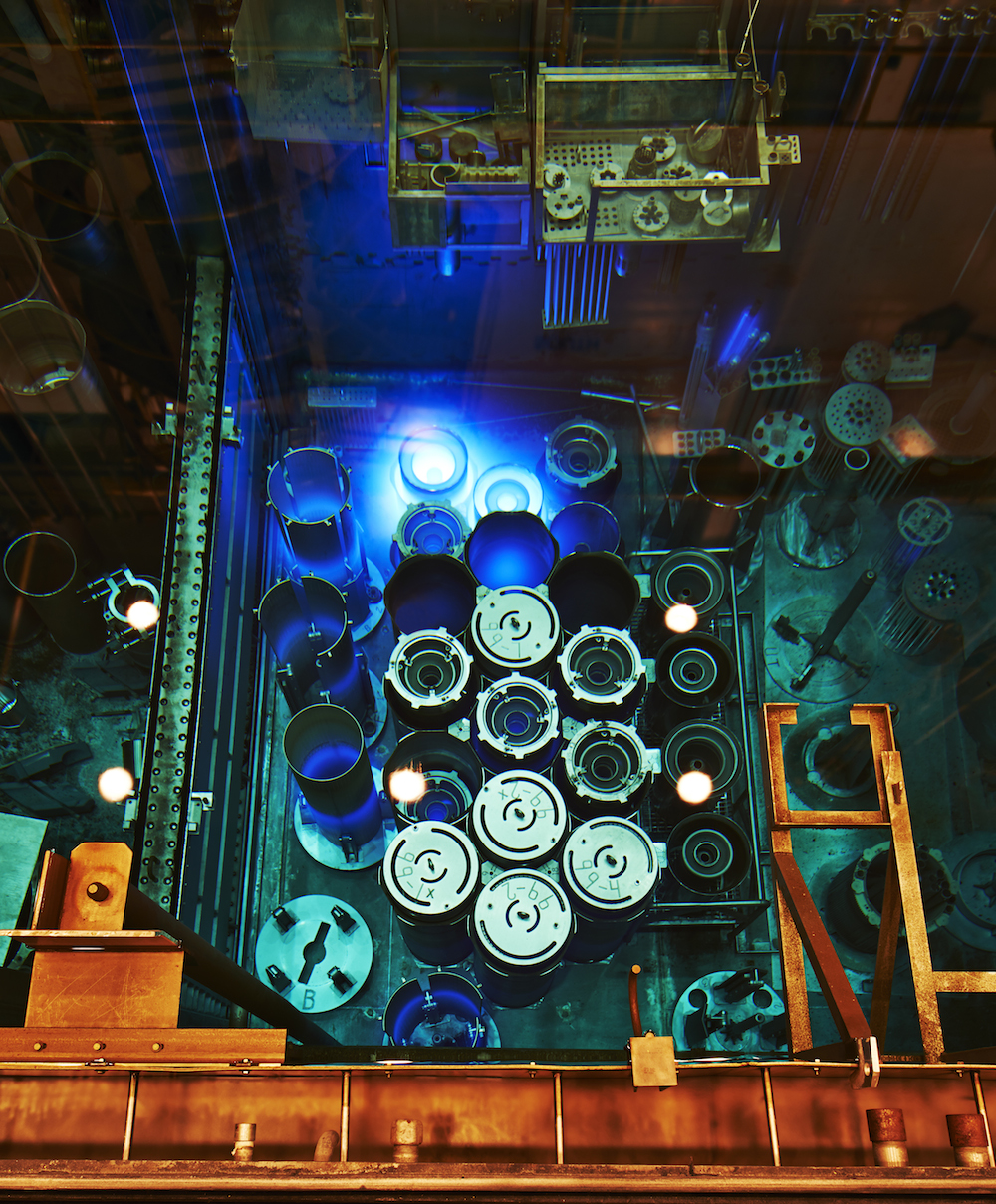Credit: © Intothelight Photo / stock.adobe.com
The arrival of the nuclear age has given mankind the expertise to synthesize new elements of higher molecular weight and number. While these human-made elements are of interesting research inquisitiveness, they are short-lived and radioactive which indicates limited market interest from a severance standpoint at this time.
Since Einsteinium was discovered in 1952 at the Berkeley National Laboratory from the wreckage of the first hydrogen bomb, scientists have worked on very few experiments with it because it is so difficult to build and is radioactive. A research group of Berkeley Lab chemists has defeated these barriers to publish the first study characterizing some of its attributes, unlocking the door to a more immeasurable knowledge of the remaining transuranic elements of the actinide series.
The study was published in the journal ‘Nature’ and received contributions from Scholars, researchers, postdoctoral fellows of Berkley Lab, Los Alamos National Laboratory and Georgetown University. With less than 250 nanograms of the element, the team estimated the first-ever einsteinium bond distance, a fundamental characteristic of an element’s interactions with different atoms and molecules.
One of the Professors from UC Berkley claims that there’s not much known about Einsteinium, however, it was an extraordinary accomplishment that they were able to work with such a small amount of substance and contribute to inorganic chemistry. Also, such findings are vital because the more we investigate the chemical behaviour of elements, particularly the transuranic ones, the more we can implement this understanding for the advancement of new materials or new technologies, and certainly not just with Einsteinium, but the rest of the elements from actinide series too.
Einsteinium is Short-lived and Hard to Synthesize

(Image credits: COSMOL)
The experimental equipment and facilities used for experiments were not available decades ago when einsteinium was first discovered. The Molecular Foundry at Berkley Lab and the labs at SLAC National Accelerator Laboratory have the facilities for luminescence spectroscopy and X-ray absorption experiments with prove to be the pathfinders in the current research.
Among all steps of this experiment, the most important was to transform the sample into form, which could be handled in the experiments, while carefully handling the radioactive disintegrating nature of the element Einsteinium.
The material was built at Oak Ridge National Laboratory‘s High Flux Isotope Reactor, one of barely a few sites in the world that is competent in making einsteinium, which requires bombarding curium targets with neutrons to initiate a continued chain of nuclear reactions. The first predicament they confronted was that the sample was poisoned with a significant quantity of californium, as making absolute einsteinium in a suitable amount is exceptionally challenging.
So they had to discard their initial plan to use X-ray crystallography — which is acknowledged as the gold standard for collecting structural information on extremely radioactive molecules but demands an absolute sample of metal — and alternatively developed a new way to make samples and support element-specific research methods. Researchers at Los Alamos contributed crucial aid in this step by designing a sample holder uniquely adapted to the difficulties inherent to einsteinium.
Then, battling with radioactive decay was an added challenge. The Berkeley Lab team carried their experiments with einsteinium-254, one of the more stable isotopes of the element. It has a half-life of 276 days, which is the duration for half of the material to fade. Although the group was able to manage many of the experiments before the coronavirus pandemic, they had strategies for follow-up experiments that got intervened, thanks to pandemic-related closedowns. By the time they were able to get back into their lab last summer, most of the sample was faded.
Bond Distance and Chemistry of Einsteinium

Pandemic had hit hard the research environment all over the world but still, the researchers managed to work efficiently and measure a bond distance with einsteinium and also learned some physical chemistry behavior that was different from what would be expected from rest of the actinide series.
Determining the bond distance may not appear impressive, but it’s the first thing needed to know regarding how a metal binds to other molecules. And answer more queries like what kind of chemical nature is this element going to have with other atoms and molecules.
Once scientists have this notion of the atomic arrangement of a molecule that combines einsteinium, they can try to find fascinating chemical properties and enhance the perception of periodic trends. By investigating this piece of data, we achieve a better and more comprehensive understanding of how the whole actinide series acts. Actinide series holds a very important position in applications as it has elements or isotopes that are valuable for nuclear power production or radiopharmaceuticals.
Tantalizingly, this research also extends the opportunity of exploring what is beyond the edge of the periodic table, and possibly discovering a new element. With more such findings we have found ourselves in a position to understand a little better what happens toward the end of the periodic table, and the next thing is, we could also envision an einsteinium aim for exploring new elements. Looking back to the history of discovery of elements, heavier metals, in particular, suggests that new elements were discovered while isolating and investigating last elements.
Scientists inform each time any such discovery is made, what we know about the chemical and physical nature of known elements is limited and still their’s an ocean of properties we need to know.




If you are going for most excellent contents
like I do, simply visit this site every day for the reason that it provides quality contents,
thanks